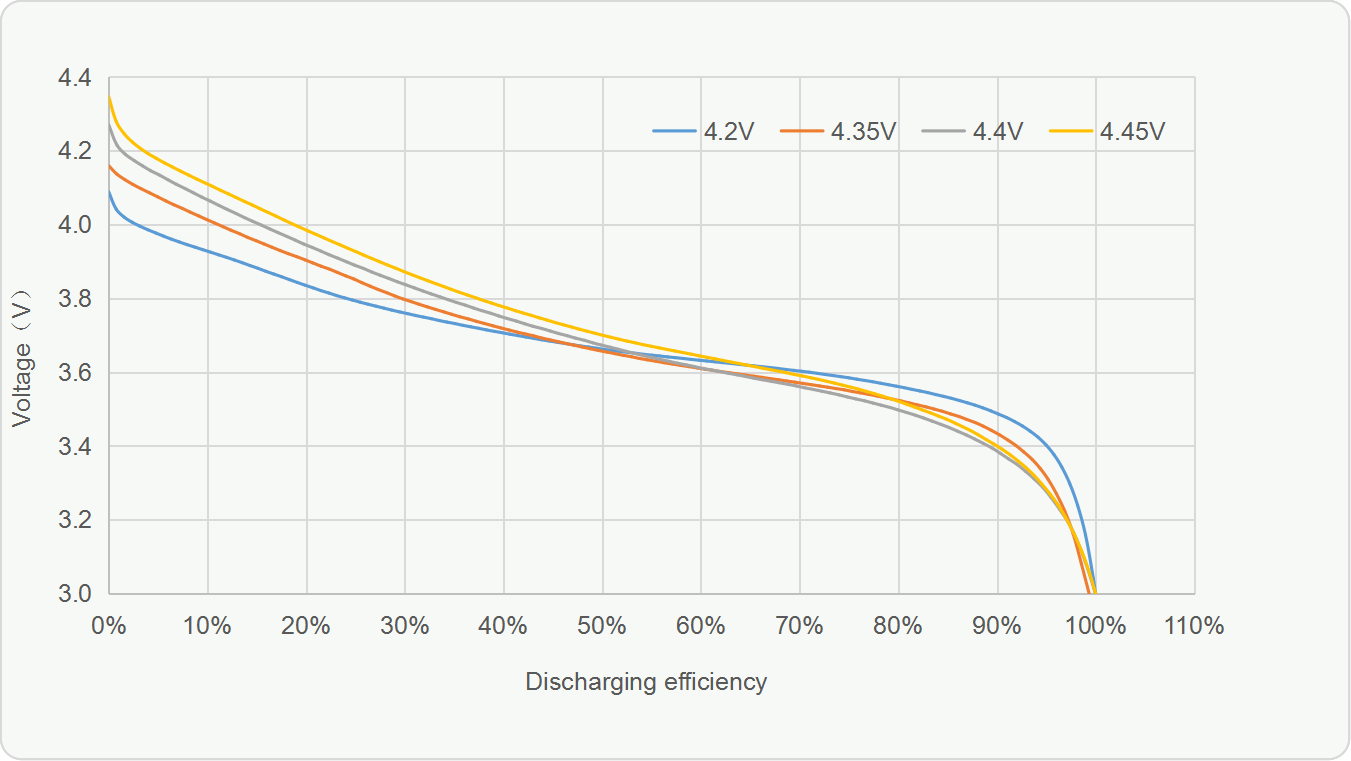Which battery is used in Bluetooth headsets?
Compared with ordinary earphones, the battery life and battery life of Bluetooth headsets are relatively short when you keeping connect with Bluetooth. In addition, the Bluetooth headsets currently on the market have made the size smaller and handy to adapt the needs of market users for portability and appearance. Therefore, we have to extend the battery life, and its the most significant part for Bluetooth headsets.
Excluding the impact of battery quality and environmental factors, in order to extend the battery life of our Bluetooth headsets, I think there are only three things we can do:
- Reduce the power consumption of the headset;
- Make a bigger battery (bigger size);
- Break through the energy density of the lithium battery.
Reducing the power consumption of the headset
Devices connected with Bluetooth capabilities will generally consume extra power. Even when the device is not in use, power will still be drained to a certain degree.
In 2020, SIG (Bluetooth Special Interest Group) attempted to increase the potential for lowered power consumption when it officially released its Bluetooth 5.2 of the audio technology standard, LE Audio (LE Power Consumption).
LE Audio not only improved the audio quality of headsets but also added low-power consumption features. It optimized the power consumption of Bluetooth devices and maximized the battery life and lifespan of lithium batteries in Bluetooth devices.
Those interested in this technology can find more here. This video introduces the basics of power consumption in Bluetooth and LE battery life.
Making a bigger battery
Longer battery life is always ideal, and the logical next step would be to make a bigger battery to do so. However, Bluetooth headsets are already designed to be as portable and small in size as possible, and they are generally made with rectangular batteries. There really isn’t the space to produce a bigger battery without sacrificing size for the overall product itself.
What if we change to a Round battery?
So then, what other options can we consider? We can consider changing the shape of the battery first.
Combined with a PCB, a rectangular battery doesn’t occupy the full space of Bluetooth headsets. In the below images, you can see how only about ⅔ of the device is inhabited, which wastes potential space.


If we leave the confines of a standard rectangular battery, we move onto considering special-shaped batteries. These batteries can be customized into a plethora of different shapes according to the needs of a product.
Of shaped batteries, the round battery is the most frequently requested shape, and this shape in particular can maximize the use of the battery while filling up the internal space of Bluetooth headsets.
To customize round batteries, the radios (R), height (H), and thickness (T) of the battery must be provided.

Let us “pretending” to replace its original battery with a Round battery. Is this a perfect match?
Energy density of lithium batteries
Lithium batteries have one of the highest energy densities of any battery technology today (100-265 Wh/kg or 250-670 Wh/L). In addition, Li-ion cells can deliver up to 3.6V, which is 3 times more than that of technologies like Ni-Cd or Ni-MH.
So what does this mean? Energy density represents how much energy can be released by different batteries under the same weight or volume. If we want to achieve longer battery life, we need to break through the energy density threshold of lithium batteries.
Increase the upper limit of battery voltage
Generally, the nominal voltage of a lithium-ion battery is 3.7V (and 3.2V for lithium iron phosphate batteries), and the fully-charged voltage is 4.2V (and 3.65V for lithium iron phosphate battery).
The discharge cut-off voltage of a lithium-ion battery is 2.75V to 3.0V. Therefore, the higher the upper voltage limit, the higher the capacity and energy. This creates a high-voltage lithium-ion battery (read more here).
High-voltage batteries have high energy density and high discharge platforms. They can also deliver more capacity under the same conditions of use, so their battery life is longer while delivering more power. Under normal circumstances, the lifetime of Grepow’s high-voltage batteries will increase by 15-25%.




